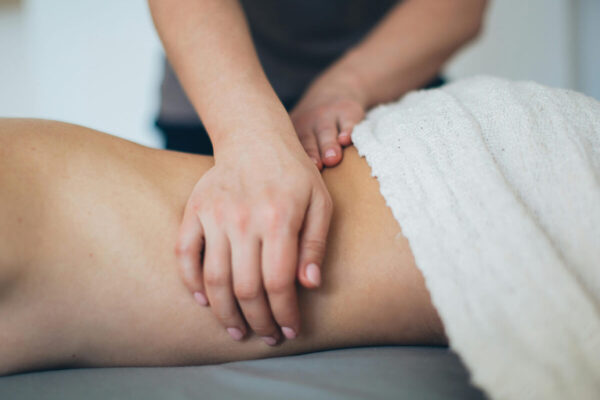If you have mild to severe knee OA and experience intermittent to chronic knee pain, or if you are not a candidate for surgery, ask your doctor about the science of bracing. DonJoy pioneered the concept of functional knee bracing more than 30 years ago and offers the most advanced technologies available.
Most importantly, they can help people return or continue to live an active lifestyle. No one person with knee OA is treated the same, so it’s important to look at all of the available solutions to find what is right for you. Some people may need a lot of off-loading capabilities, while others need just a slight push and comfort that surrounds the muscles around the knee.
- Advanced braces prescribed by surgeons and measured by a fitter can be very effective at reducing pain; they work by offloading stress on the joint
- They are non-invasive and non-narcotic
- They can help you maintain your everyday activities like walking the dog, climbing stairs, gardening or exercising
- They can be used in tandem with other treatment options to manage OA symptoms, increase stability of the knee and reduce pain and swelling
- They can be more cost effective and safer than medications or more invasive surgeries that carry additional risks
- They can help further reduce deterioration of the joint by easing the pressure on the knees
Young people between the ages of 15-25 account for half of all ACL injuries.
A person who has torn their ACL has a 15 times greater risk of a second ACL injury during the initial 12 months after ACL reconstruction, and risk of ACL injury to the opposite knee is two times that of the restructured knee.
Many athletes don’t return to sport after ACL reconstruction due to fear of re-injury.
PREVENTION
Given the physicality of football, it’s easy to understand why collegiate and professional linemen wear braces on both knees. The line of scrimmage is an environment prone to knee injuries, so team doctors, athletic trainers and coaches don’t hesitate to equip their players with bilateral (both knees) custom braces.
As with helmets and shoulder pads, knee braces have become standard equipment to assist in preventing season-ending knee injuries. And the same logic holds true with skiing, snowboarding, soccer, basketball, volleyball, professional rodeo, water sports and others. An ounce of prevention is worth a pound of cure.
POST INJURY
Why brace after ACL reconstruction? Clinicians will typically prescribe a functional knee brace after the patient has regained full range of motion—that’s usually between three to five months after surgery. Graft strength of the new ACL is considerably weaker than the native (original) ACL during the first 12 months, so a brace during this early period helps protect it from harmful forces that occur in everyday life or in sport.
Bracing also elevates a patient’s confidence, allowing them to return to their previous or enhanced level of activity. Another important reason? Peace of mind. A functional knee brace provides not only confidence for the patient, but confidence for the surgeon, knowing that their patient’s knee is protected.



